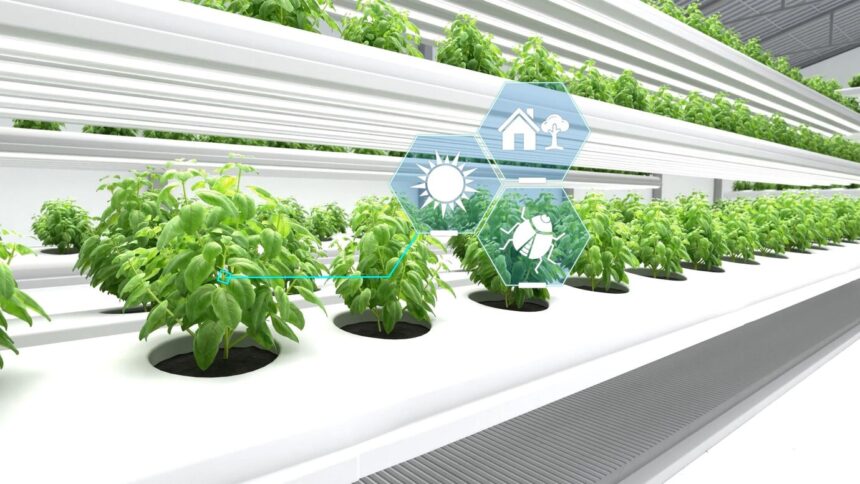China is at the forefront of agricultural technology, using artificial intelligence (AI) to develop high-yield, climate-resilient, and disease-resistant seeds. With a growing population and increasing pressure on food security, AI-powered seed innovations are transforming the country’s agricultural landscape. But how exactly is AI reshaping seed development, and what lessons can other nations learn from China’s advancements?
The Role of AI in Seed Development
Traditional seed breeding is a time-consuming process that can take years to produce improved crop varieties. However, AI is accelerating this process by:
- Genetic Analysis and Crop Improvement – AI-driven models analyze vast amounts of genetic data to identify the best traits for high-yield and resilient seeds. Machine learning algorithms help scientists predict how different gene combinations will perform under various environmental conditions.
- Automated Precision Breeding – AI-powered breeding programs use big data to select parent plants with the most desirable traits, significantly reducing the trial-and-error process of traditional breeding.
- Climate Adaptation – By analyzing weather patterns, soil quality, and historical yield data, AI helps create seeds that are more resistant to drought, extreme temperatures, and other climate challenges.
- Disease and Pest Resistance – AI tools scan crop genomes to detect vulnerabilities to diseases and pests, enabling the development of genetically stronger and naturally resistant seed varieties.
China’s AI-Driven Seed Innovations
China is investing heavily in AI-powered agricultural research. Some key developments include:
- Smart Rice Breeding – Chinese researchers are using AI to develop high-yield rice strains that require less water and fertilizer while maintaining nutritional value.
- AI-Powered Corn Hybridization – AI-driven genetic mapping is helping scientists create hybrid corn varieties with improved drought tolerance and faster growth cycles.
- Seed Gene Banks and AI Analysis – China has built extensive digital seed banks, where AI scans and categorizes thousands of plant genomes to accelerate breeding programs.
- Autonomous Greenhouses – AI-controlled greenhouses optimize growing conditions, allowing scientists to test and refine new seed varieties with minimal environmental interference.
Global Implications and Lessons for Other Countries
China’s approach to AI-driven seed innovation offers valuable insights for other agricultural economies, including:
- Speeding Up Crop Development – Countries struggling with food security can use AI to fast-track the breeding of resilient and high-yield crops.
- Enhancing Agricultural Sustainability – AI-powered seed selection can reduce dependency on chemical fertilizers and pesticides, promoting eco-friendly farming.
- Leveraging Big Data for Farming – Integrating AI with seed research, weather forecasting, and soil monitoring can help farmers make more informed planting decisions.
- Public-Private Partnerships – China’s success is driven by government support and collaboration with AgriTech companies. Other nations can adopt similar models to accelerate innovation.
Challenges and Considerations
Despite AI’s potential, challenges such as high research costs, ethical concerns over genetically modified organisms (GMOs), and data privacy issues need to be addressed. However, with continued investment and responsible innovation, AI-powered seed development could revolutionize global agriculture, ensuring food security for future generations.







